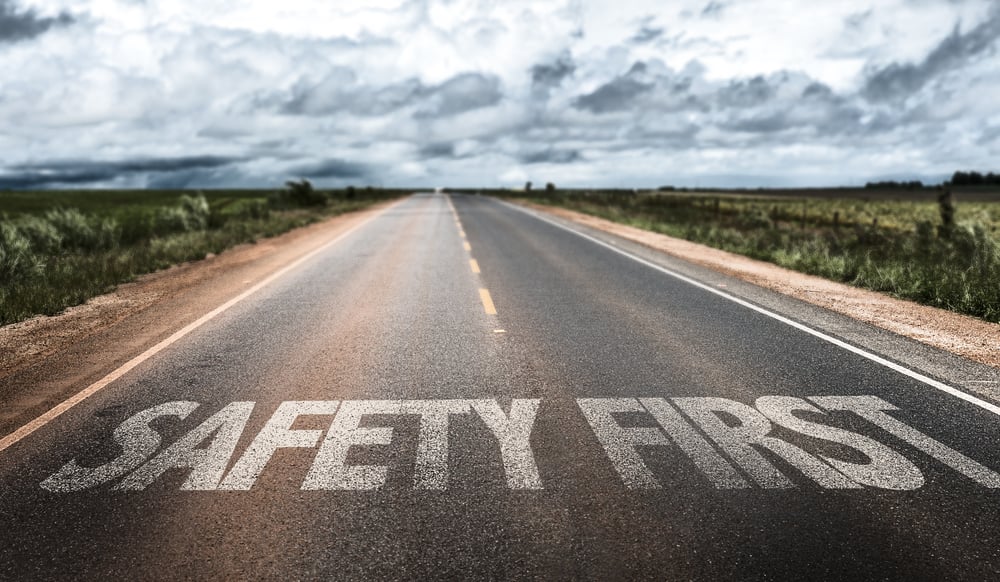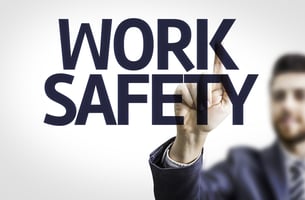The Importance of Workplace Safety and Health Training Training for occupational health and safety...
OSHA Compliance Training

OSHA Compliance Training Program overview:
The Occupational Safety and Health Administration (OSHA) is a federal agency that provides regulations and guidelines to promote safety in the workplace. OSHA compliance training ensures that employees are aware of these regulations and know how to follow them.
Compliance with OSHA standards is essential to protecting the safety of employees. OSHA compliance training helps employees learn how to identify and correct potential hazards in the workplace. It also teaches them what to do in the event of an emergency.
This course will provide you with the knowledge and skills necessary to comply with OSHA standards. The topics covered in this course include hazard recognition, material handling, personal protective equipment, and more. Upon completion of this course, you will be able to identify potential hazards in the workplace and take steps to mitigate them. You will also be able to properly select and use personal protective equipment.
Course objectives:
By the end of this course, you will be able to:
- Understand OSHA standards and requirements
- Recognize potential hazards in the workplace
- Select and use proper personal protective equipment
- Implement safe work practices in the workplace
Course outline:
I. Introduction to OSHA
A. What is OSHA?
B. Why is OSHA important?
C. What does OSHA cover?
D. How can OSHA help me?
II. Occupational Safety and Health Standards
A. General Industry standards (29 CFR 1910)
B. Construction Industry standards (29 CFR 1926)
C. Maritime Industry standards (29 CFR 1915, 1917 and 1918)
III. OSHA Inspections
A. How do they happen?
B. What happens during an inspection?
C. My rights during an inspection
IV. Worksite Analysis
A. What is a worksite analysis?
B. How do I conduct a worksite analysis?
C. What should I look for during a worksite analysis?
V. Personal Protective Equipment
A. What is personal protective equipment (PPE)?
B. When do I need to use PPE?
C. What are the different types of PPE?
D. How do I care for my PPE?
E. How do I know if my PPE is effective?
VI. Hazard Communication
A. What is hazard communication?
B. Why is hazard communication important?
C. What does hazard communication include?
D. How can I get more information about the chemicals I work with?
VII. Bloodborne Pathogens
A. What are bloodborne pathogens?
B. How can I contract a bloodborne pathogen?
C. How can I protect myself from bloodborne pathogens?
D. What should I do if I'm exposed to a bloodborne pathogen?
E. What are the symptoms of a bloodborne pathogen infection?
VIII. Machine Guarding
A. What is machine guarding?
B. Why is machine guarding important?
C. What are the different types of machine guards?
D. How do I know if a machine is properly guarded?
E. What should I do if I see a machine that isn't properly guarded?
IX. Lockout/Tagout
A. What is lockout/tagout?
B. Why is lockout/tagout important?
C. What are the steps of the lockout/tagout procedure?
D. What should I do if I see someone not following the lockout/tagout procedure?
X. Respiratory Protection
A. What is respiratory protection?
B. Why is respiratory protection important?
Who should take this course?
This course is designed for employees who need to comply with OSHA standards. It will benefit those who work in industries that are regulated by OSHA, as well as those who are looking to improve their safety knowledge and skills.
Course format:
This course is delivered entirely online. It is self-paced and can be completed at your own convenience.
Course duration:
This course should take you approximately 2 hours to complete.
Course requirements:
There are no prerequisites for this course. All you need is a computer with an internet connection.
Course materials:
All of the necessary course materials are provided online.
Glossary:
OSHA outreach training program: A voluntary program that provides information and training to workers and employers about safety and health in the workplace.
Hazard: A potential source of harm or adverse health effect on a person.
Safety hazard: A hazard that can cause death, injury, or property damage.
Health hazard: A hazard that can cause adverse health effects, such as illness, disease, or cancer.
Personal protective equipment (PPE): Clothing or devices that are worn to protect workers from injuries or exposure to hazardous conditions.
Machine guarding: A device or system that protects workers from injuries that can be caused by moving parts of a machine.
Lockout/tagout: A procedure that is followed to ensure that machines are properly shut down and locked before maintenance or repair work is done.
Respiratory protection: A device that is worn to protect workers from breathing in harmful substances, such as dust, fumes, or chemicals.
Safety training: Training that is designed to teach workers about how to work safely and avoid injuries.
Safety program: A set of policies and procedures that are designed to protect workers from injuries and illnesses.
OSHA regulations: Rules that are issued by the Occupational Safety and Health Administration to protect workers from safety and health hazards.
Standard: A specific requirement that must be met in order to comply with an OSHA regulation.
Hazard communication: A program that is designed to inform workers about the hazards of the chemicals they are exposed to in the workplace.
Fall protection: A system that is used to prevent workers from falling from a height.
Bloodborne pathogens: Microorganisms that are present in blood and can cause disease.
Exposure: Coming into contact with a hazardous substance.
Infection: A condition that occurs when a person is exposed to a microorganism that causes disease.
Potentially hazardous activities:
There are many activities that can be hazardous to your health and safety. Some of these activities include:
•Working with or around machines
•Working with or around chemicals
•Working in high places
•Driving a vehicle
•Using power tools
•Working in confined spaces
•Cleaning up after a spill
•Working in an area with poor ventilation
•Working with hazardous materials
OSHA training:
All workers have the right to receive safety training from their employer. This training must be provided at no cost to the worker and must be conducted in a language that the worker can understand. The purpose of this training is to educate workers about the hazards they may be exposed to in the workplace and how to protect themselves from these hazards.
OSHA Compliance Training Online


